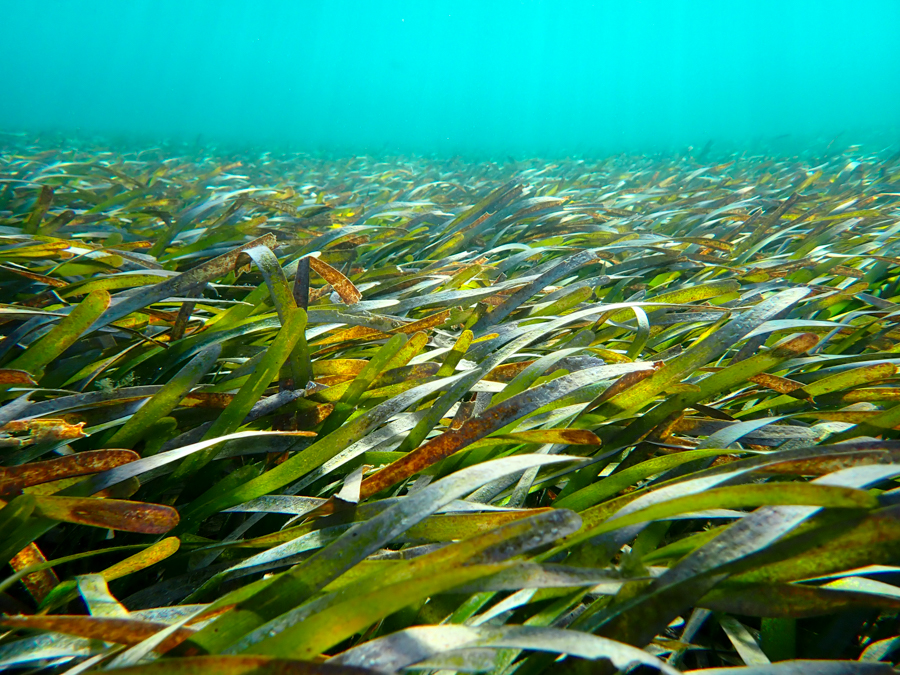Porites and the Phoenix effect: unprecedented recovery after a mass coral bleaching event at Rangiroa Atoll, French Polynesia
Springer Berlin Heidelberg 1432-1793
By George Roff, Sonia Bejarano, Yves-Marie Bozec, Maggy Nugues, Robert S. Steneck, Peter J. Mumby
April 3, 2014
Abstract
The 1997/1998 El Niño Southern Oscillation (ENSO) was the most severe coral bleaching event in recent history, resulting in the loss of 16 % of the world’s coral reefs. Mortality was particularly severe in French Polynesia, where unprecedented mortality of massive Porites was observed in lagoonal sites of Rangiroa Atoll. To assess the recovery of massive Porites 15 years later, we resurveyed the size structure and extent of partial mortality of massive Porites at Tivaru (Rangiroa). Surveys revealed an abundance of massive Porites colonies rising from the shallow lagoonal floor. Colony width averaged 2.65 m, reaching a maximum of 7.1 m (estimated age of ~391 ± 107 years old). The relative cover of recently dead skeleton within quadrats declined from 42.8 % in 1998 to zero in 2013, yet the relative cover of old dead skeleton increased only marginally from 22.1 % in 1998 to 26.1 % in 2013. At a colony level, the proportion of Porites dominated by living tissue increased from 34.9 % in 1998 to 73.9 % in 2013, indicating rapid recovery of recent dead skeleton to living tissue rather than transitioning to old dead skeleton. Such rapid post-bleaching recovery is unprecedented in massive Poritesand resulted from remarkable self-regeneration termed the ‘Phoenix effect’, whereby remnant cryptic patches of tissue that survived the 1997/1998 ENSO event regenerated and rapidly overgrew adjacent dead skeleton. Contrary to our earlier predictions, not only are large massive Porites relatively resistant to stress, they appear to have a remarkable capacity for recovery even after severe partial mortality.


